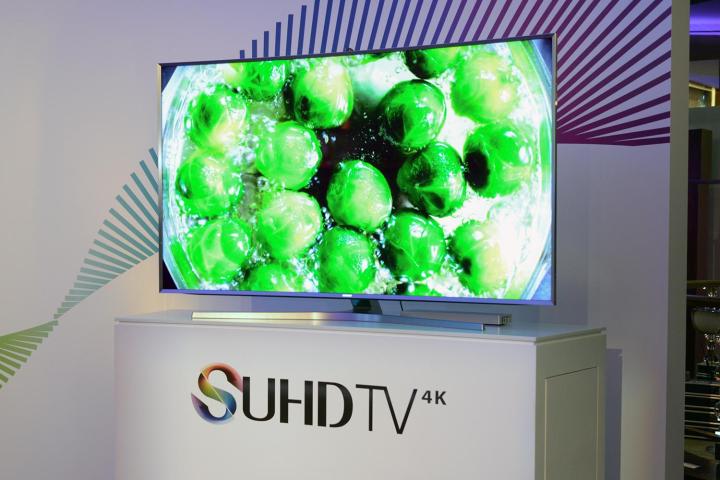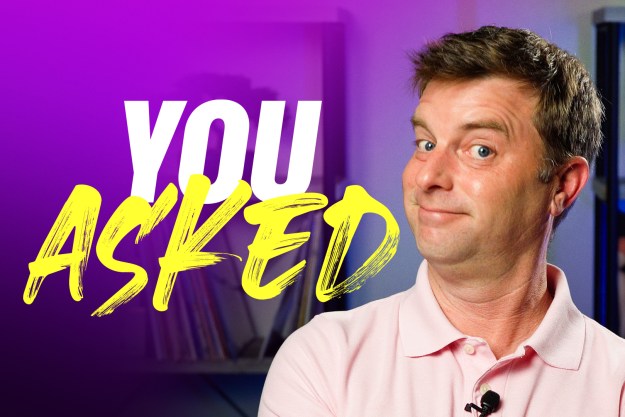
But what does that even mean?
For those unfamiliar, High Dynamic Range is one of the latest buzzwords to hit TV tech — some even say it is a more visually impressive evolution of TV picture quality than 4K resolution. Often referred to as HDR, this new feature in video imagery is designed to allow striking contrast between light and dark images, creating a dazzling picture that aims to model what we see in the natural world under the illumination of sunlight. That Amazon intends to provide HDR content is a good sign streaming video quality at large, but don’t get too excited just yet.
How HDR will work in the context of TV hasn’t been settled on just yet. If you haven’t yet heard, a consortium of electronics manufacturers and content creators have gathered together to create the UHD Alliance. This group is working on standardizing Ultra HD TV, and part of that work involves defining
We do know, however, that viewing HDR content will require a UHD TV that can support HDMI 2.0a, a new spec that was released just two days ago (April 8, 2015). So, as you can imagine, there are few TVs available now that can support
As if that wasn’t complicated enough, it turns out that all HDR is not created equal.
For instance, Dolby’s new take on HDR, called Dolby Vision, wants to eventually raise the brightness of your TV from around 100 nits, the unit used to measure brightness, to about 4,000 nits! The idea is to boost the brightness in only small patches of the image, to greatly enhance the contrast between light and dark, and make your TV look more like a window than a screen.
However, as we mentioned in a recent article, some think that kind of boost is too bright, and that deeper blacks are the solution to creating a more realistic image. In any event, Dolby’s vision of what HDR should be won’t be realized by any of the major brand TVs you’ll see coming to market this year.
So, while Amazon’s bid to stream HDR content is a welcome addition to a growing pool of sources, pickins will be slim for a while. We can expect new movies to come with
All that being said, Amazon’s new commitment to HDR is another exciting advancement for the future of video imagery. We’ll be seeing the effects of
Updated 4/10/2015 at 6:30 PST: After our original publication of this piece, we were contacted by Amazon’s PR reps who corrected their initial claim that Amazon originals Bosch and Transparent were confirmed by Amazon for HDR release. As yet, no titles have been officially confirmed by Amazon, according to the firm.


